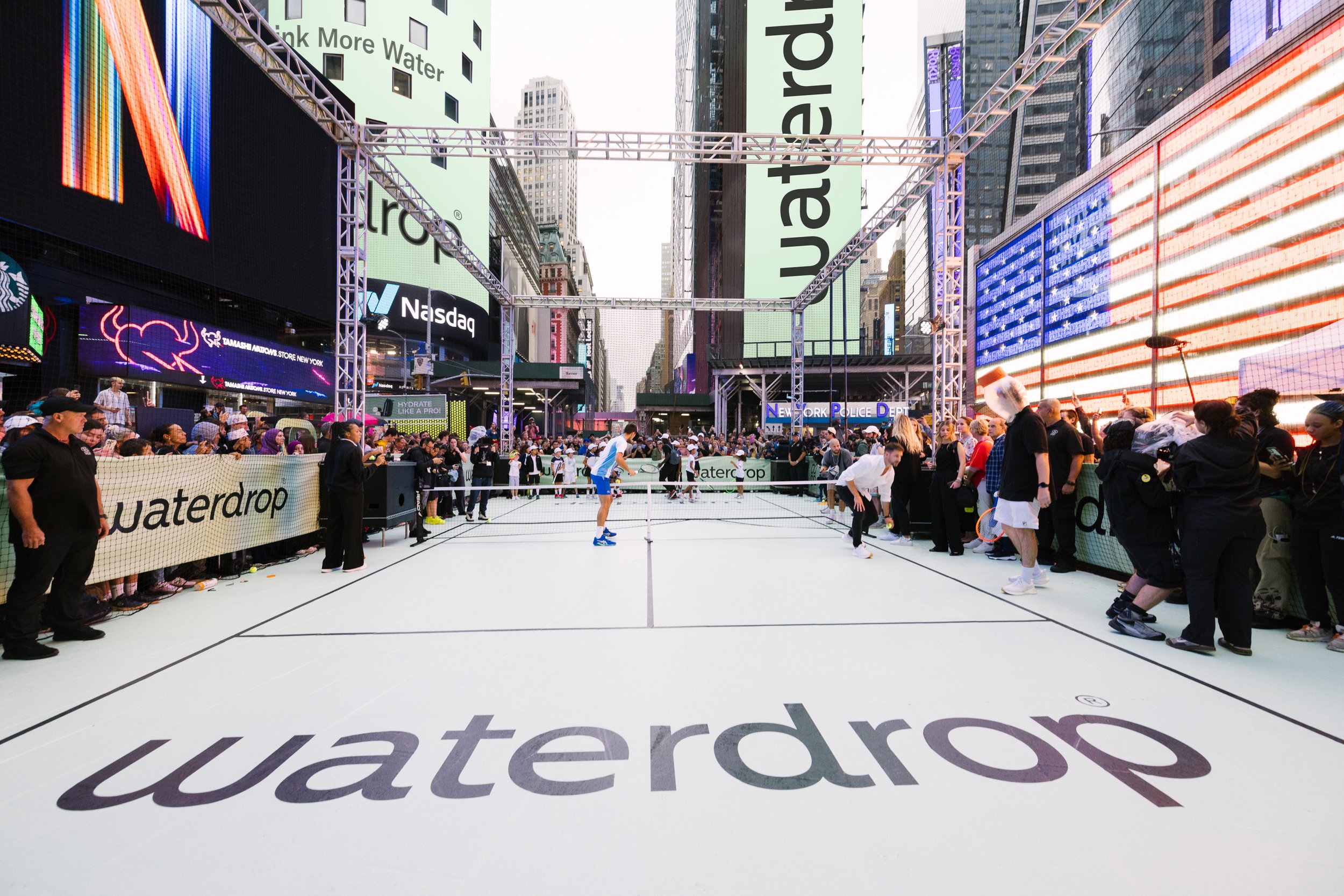
As it comes to light-emitting diode walls, a key most elements to consider is dot pitch. Dot pitch refers to the distance between the cores of two neighboring pixels on an LED display. This measurement is usually expressed in mm. Understanding pixel pitch is essential because it explicitly affects the resolution and sharpness of the images displayed. A smaller pixel pitch indicates that the pixels are nearer together, leading to a greater resolution, while a bigger pixel pitch results in a lower resolution. Thus, selecting the appropriate pixel pitch is essential for achieving optimal LED wall functionality.
The selection of pixel pitch frequently depends on the viewing distance. For instance, if the light-emitting diode wall is meant to be viewed from a distance, a bigger pixel pitch may be appropriate. This is due to the fact that the human eye cannot easily distinguish individual pixels when they are more distant away. On the contrary hand, if the wall will be viewed up nearby, a reduced pixel pitch is necessary. In scenarios such as indoor events, where attendees are usually nearer to the screen, a reduced pixel pitch will provide a sharper and clearer image. Therefore, understanding how viewing distance impacts pixel pitch is critical to making an educated decision.
Another important consideration is the intended use of the LED wall. Various applications, such as advertising, concerts, or conference presentations, may require varied pixel pitches. For instance, an light-emitting diode wall used for advertising in a shopping center may benefit from a pixel pitch that facilitates lively colors and elevated detail so that it grabs the attention of passing shoppers. Conversely, an outdoor LED wall used at a concert may focus on brightness and visibility rather than resolution, allowing for a larger pixel pitch. Therefore, the particular context in which an light-emitting diode wall will be used is crucial for determining the appropriate pixel pitch.
Pricing is also a significant factor when selecting pixel pitch. Generally, LED displays with reduced pixel pitches often to be more costly due to the higher density of pixels and the sophisticated technology required for production. While it may be tempting to choose a high-resolution display with a reduced pixel pitch, financial constraints frequently require a balance between quality and price. Organizations should evaluate their needs and decide how much they are prepared to spend in an LED wall, ensuring that the pixel pitch aligns with their budgetary capabilities while still meeting performance expectations.
Ultimately, it is essential to consider the maintenance and longevity of the light-emitting diode wall when choosing pixel pitch. Displays with smaller pixel pitches can sometimes be more delicate and may require more meticulous handling and maintenance. Regular maintenance is required to ensure that the display functions click to find out more optimally over time. Knowing the maintenance needs and potential challenges associated with different pixel pitches can help organizations make a more informed decision. By taking into account all these factors, including viewing distance, planned use, cost, and maintenance, individuals can select the perfect pixel pitch for peak LED wall performance.